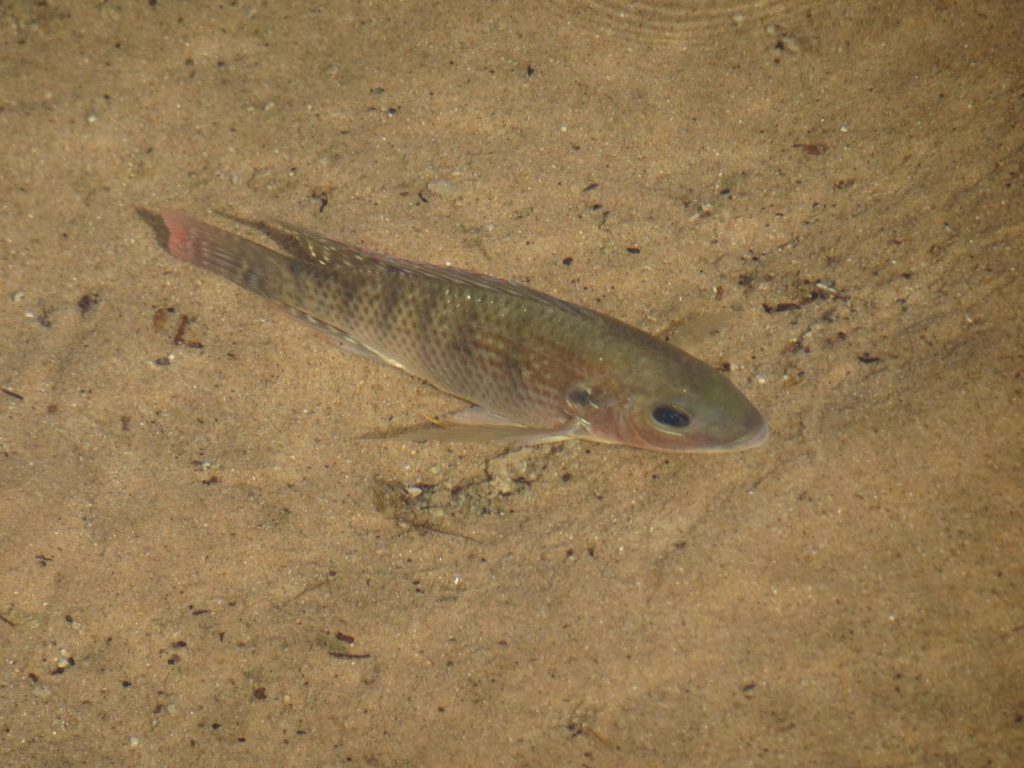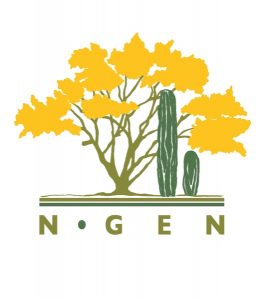
Title: Species invasions
Convener: Pacifica Sommers
Participants: Eugenio “Keno” Larios, Sue “The Buffelgrass Queen” Rutman, Daniel Morales, Kim Franklin (and seven-week-old Orion), Tom Bowen
Discussion:
We mostly focused on buffelgrass, although Tom Bowen brought up his plans to rid the islands he works with of tamarisk at the end of the discussion.
Pacifica’s interest in buffelgrass and convening this session is that she is working on her Ph.D. research at the University of Arizona (advised by Peter Chesson). She has measured some potentially meaningful differences in germination and seedling survival of native perennials from natural seed banks in the foothills surrounding Tucson, Arizona.
Kim Franklin has completed studies on ant diversity in buffelgrass pastures and native thornscrub in Sonora, and was interested in updates on what others were working on.
Daniel has published several papers about the germination and survival of columnar cacti in buffelgrass pastures and nearby native thornscrub in Sonora. He has also found differences in buffelgrass pasture temperatures during the winter, and that nitrogen and phosphorous are depleted. We discussed the possible interactions of rainfall patterns and other micronutrients such as magnesium on differential plant growth.
Sue Rutman explained some of the patterns she has observed in the spread, persistence, and treatment of buffelgrass in Organ Pipe National Monument since they began treating it in 1994 in the Ajo Mountains. She has noted a high variance in individuals’ seed viability, that the grass tends to invade from the southern border, and that is colonizes younger Holocene soils rather than pleistocene “desert pavement,” although there is one invasion on caliche. She thinks the earliest strain introduced was T464, with more planted more recently, but doesn’t know which might be the highest seed viability. It is also harder to eradicate the grass from sites with kangaroo rats and wood rats.
We also discussed some challenges to managing an economically important species that is also a harmful invasive species. For example, large agribusinesses which have invested substantial money in developing and planting the grass do not want it removed, which makes coordinated and ongoing action difficult since they can influence governments strongly.
Subsequent conversations with other people revealed interest and data collection yet unpublished by Alberto Burquez, Carolina Trujillo, and others at the conference, so stay tuned as interest in the threat to biodiversity this and other Sonoran invasive species poses increases.


